IGFAE hosts an international meeting on the development of solenoidal spectrometers
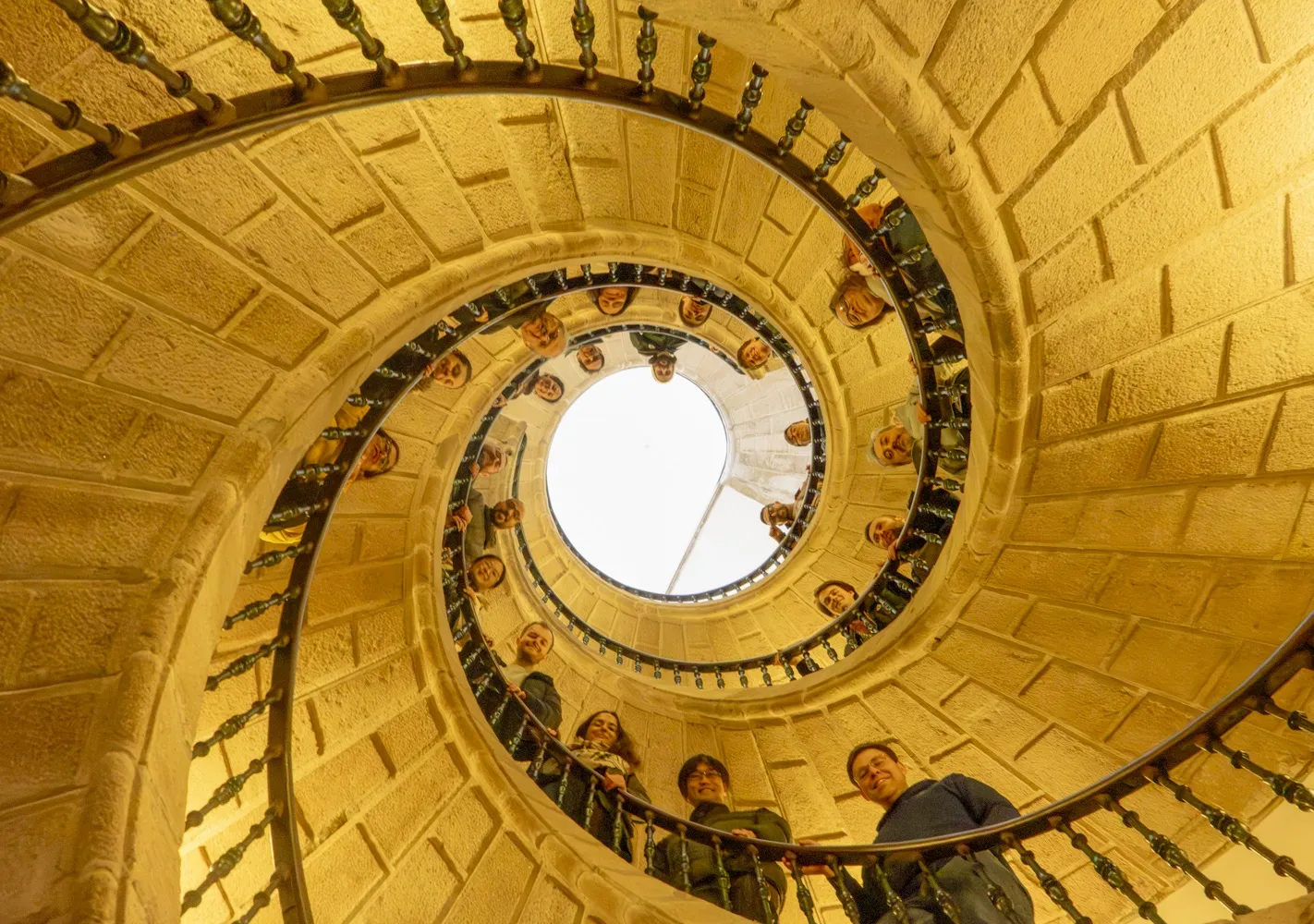


25.06.2025
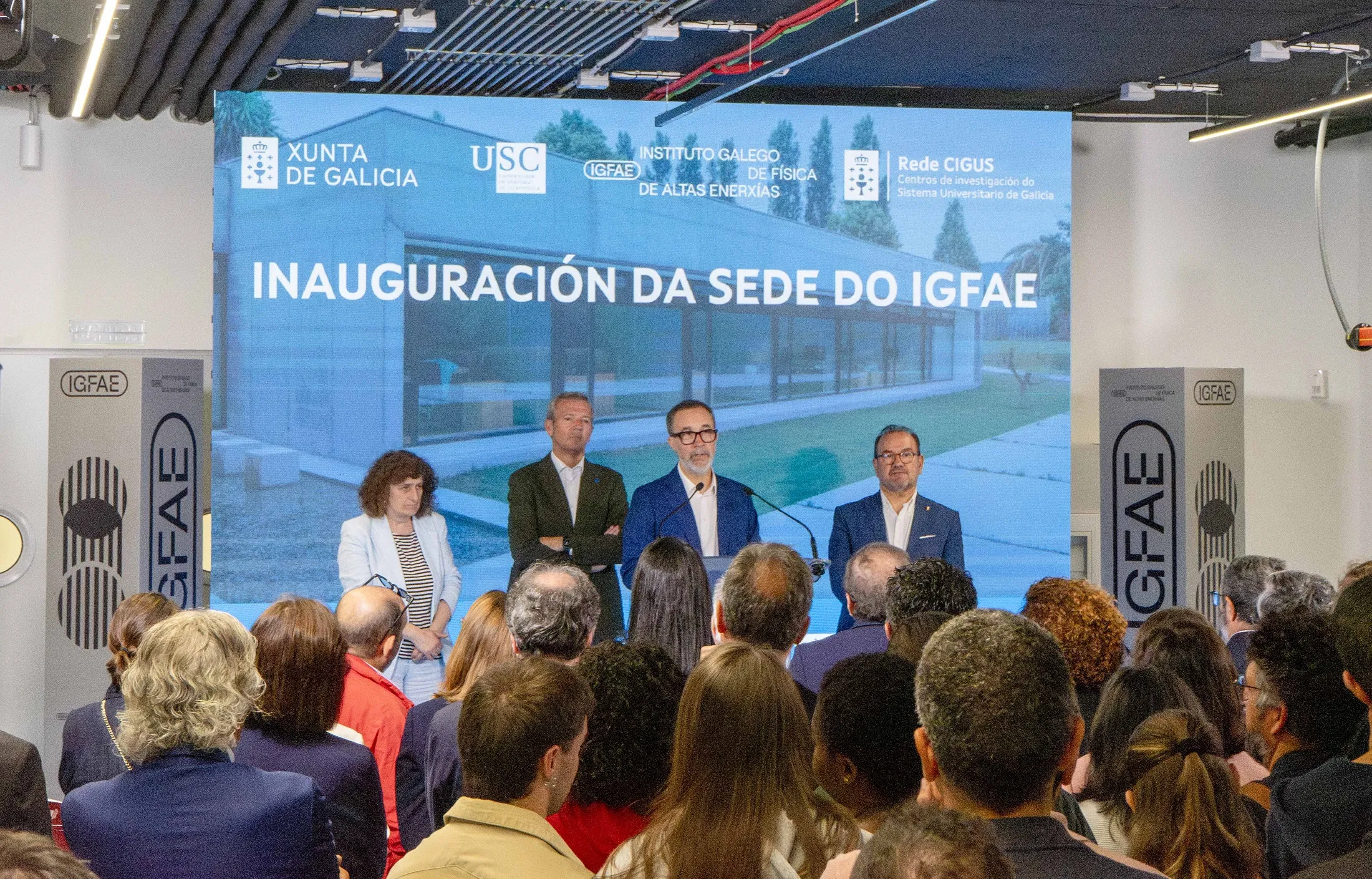
The Instituto Galego de Física de Altas Enerxías (IGFAE), a joint center of the Universidade de Santiago de Compostela and the Xunta de Galicia, inaugurated its new headquarters this Wednesday, June 25th, with the aim of strengthen its already prominent participation in the world’s most cutting-edge experiments in the field of physics.
The facilities, with an area of over 5,000 m², are the result of an investment of more than five million euros by the Xunta de Galicia, which funded the renovation and expansion of the premises located on the lower floors of the Monte da Condesa building, on the South Campus of the University of Santiago de Compostela.
The director of IGFAE, Carlos Salgado, emphasized in his speech the importance of having a space that matches the Institute’s scientific trajectory and potential. He described the new headquarters as a “historic milestone for science in Galicia” that will make it possible to tackle new scientific challenges, within the framework of the most significant projects of the coming decades, which will shape the future of physics in the 21st century.

Fotografía: David Cabezón – Xunta de Galicia.
Salgado also paid tribute to the generations who, for decades, began paving the way to position the Institute as an international reference in its areas of work—especially former directors (Bernardo Adeva, Joaquín Sánchez Guillén, and José Luis Miramontes) and founding members. He also expressed gratitude to the USC and the Xunta de Galicia, the construction company staff, the architects of the new headquarters, and the entire IGFAE team.
At the event, the Chancellor of the USC, Antonio López recalled the role of Carlos Pajares, who acted “as a visionary who bet on the international projection of our research,” and highlighted IGFAE as the first of a new model that paved the way for the singular research centers that followed. According to the rector, IGFAE is involved in the most relevant international projects in its field “without forgetting the transfer of its results to society to improve living conditions.” “A new stage begins with a new infrastructure, although the most important thing remains its talent and human resources,” he concluded.
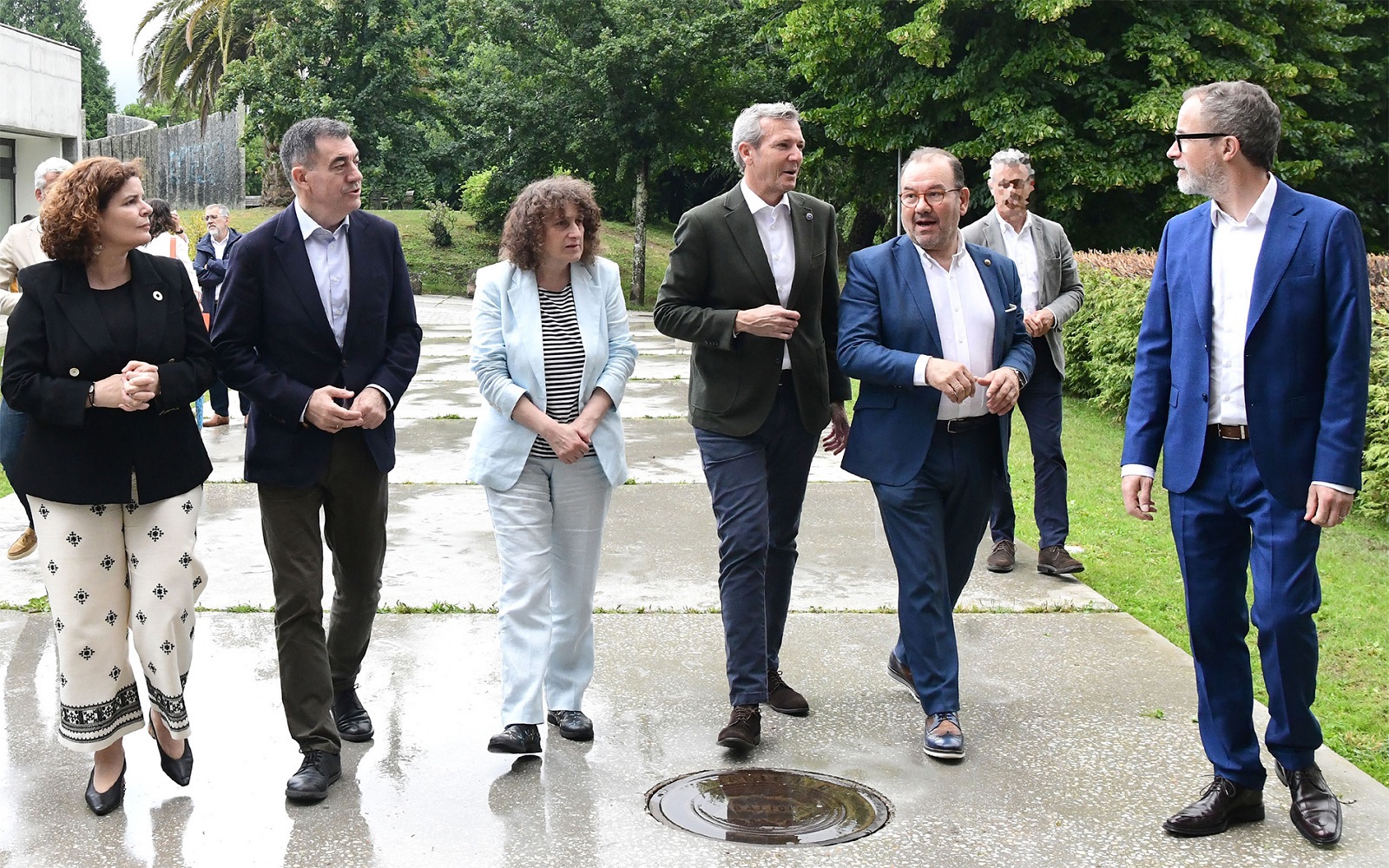
Fotografía: Santi Alvite – USC.
For the Mayor of Santiago, Goretti Sanmartín, IGFAE and its commitment to being a leading center also reflect “a will to be at the forefront, to break boundaries without renouncing who we are.” This infrastructure allows for “the building of a rooted scientific culture; because from Galicia, top-level research can be carried out.”
In a similar tone, the President of the Xunta de Galicia, Alfonso Rueda, thanked those who started the journey and affirmed his commitment to “continue with this initiative because it is a smart one.” “We must try to foster talent, retain it, and bring back those who left.” In line with the internationalization goals of IGFAE, he emphasized: “We must be a land with attractive institutions so that high-level research careers can flourish here.”
As Carlos Salgado pointed out in his speech, the international scientific community in the field of physics faces years of significant changes: key decisions will be made regarding major projects of the 2040s, such as the next CERN accelerator (European Organization for Nuclear Research) or the construction of the Einstein Telescope to study gravitational waves. Similarly, quantum science and technology are becoming a strategic research focus in many countries, including Galicia, with the involvement of institutions like the Galician Supercomputing Center (CESGA) and IGFAE itself.
In this context, IGFAE staff currently hold leadership positions in major international collaborations, such as the LHCb experiment at CERN, the Pierre Auger Observatory, and the LIGO collaboration. Thanks to the capabilities and technologies that the new headquarters will support, Salgado noted, the Galician center will be in a better position to make a qualitative leap in its visibility within these and other high-level global projects.
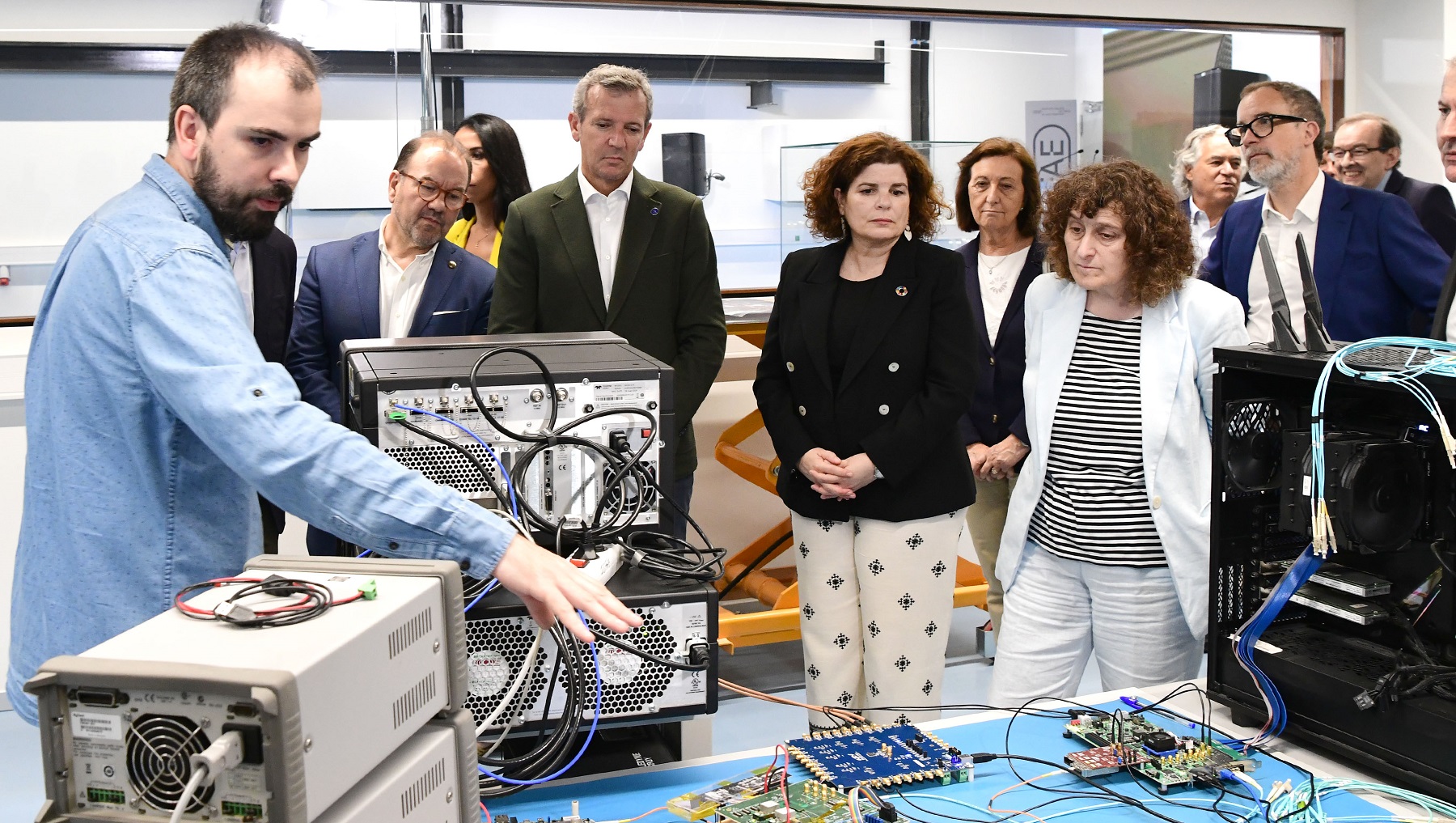
Fotografía: Santi Alvite – USC.
From now on, the center will feature seven laboratories for different technologies, including a 120 m² clean room, a space projected to host a quantum simulator, a micromachining workshop, a metrology lab, and another for scintillator development.
Since its first accreditation as a María de Maeztu Unit of Excellence (the first Galician research center to achieve it) in 2017, IGFAE has doubled its staff, growing from around 70 to about 140 members today. The new facilities are designed to accommodate this new reality, as well as to encourage visits and stays by researchers from other countries, at various stages of their careers, to strengthen international collaboration in multiple projects.
Beyond the scientific perspective, the building was designed to foster communication among IGFAE members and to host activities that promote the center’s outreach to society, from its immediate surroundings to the international sphere.
IGFAE was founded in 1999 with the aim of coordinating and promoting scientific and technical research in particle physics, astroparticle physics, and nuclear physics, as well as in related fields such as medical physics and instrumentation.
Since its inception, one of its main strengths has been its commitment to internationalization—becoming part of major global experimental facilities and building research teams that are now a reference in both theoretical and experimental fields. Currently, about 25% of the center’s staff come from other countries, and 93% of its scientific publications feature international co-authorship.
In 2017, IGFAE was recognized as a María de Maeztu Unit, the most prestigious and competitive accreditation granted by the Spanish State Research Agency. In 2024, IGFAE renewed this accreditation, becoming the only Galician center with two such distinctions. Additionally, it has been part of the CIGUS network of research centers of the Xunta de Galicia since 2019, which certifies the quality and impact of its research.
Over the past decade, the Institute’s staff has stood out for its success in international funding calls, such as the prestigious European Research Council (ERC) grants or the Marie Curie fellowships from the European Commission. IGFAE was also honored in 2017 and 2025 with the Breakthrough Prizes, known as the “Oscars of Science,” for advances achieved as part of the LIGO and LHCb-CERN collaborations.
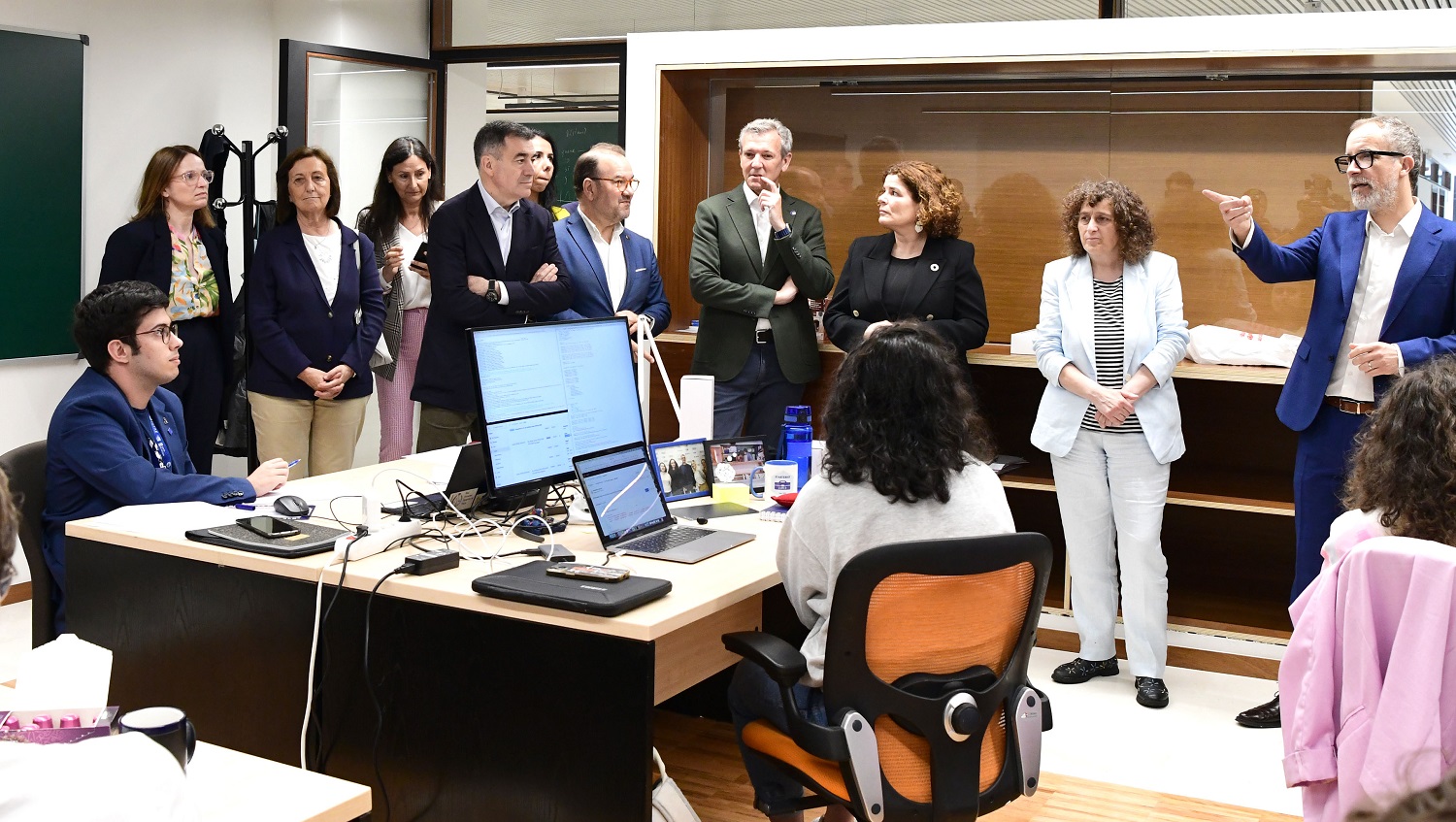
Fotografía: Santi Alvite – USC.